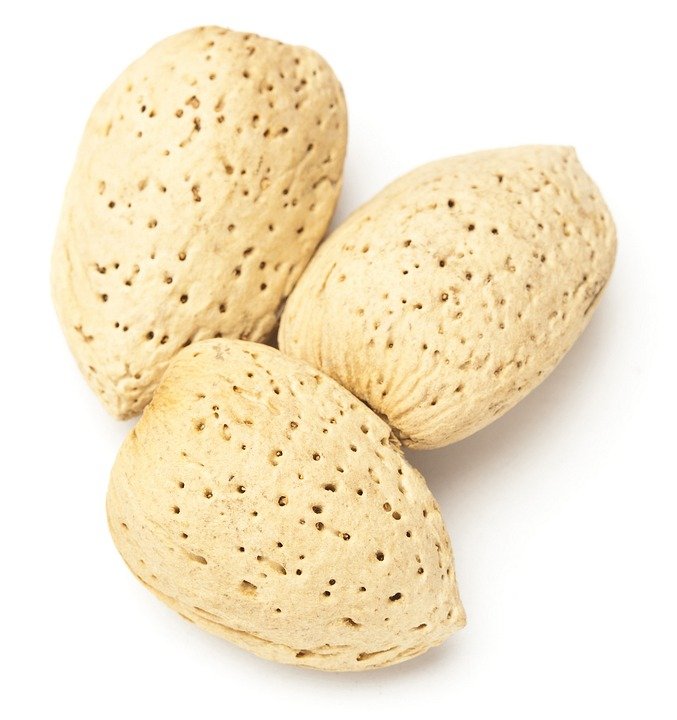
The skin is the largest organ of the human body, and it plays a crucial role in protecting our internal organs from the outside world. While many people understand the basics of skin care, not everyone is familiar with the complexities of the skin’s layers. In this article, we will take a closer look at the dermis, the middle layer of the skin, and explore its role in maintaining healthy skin.
The dermis is located between the outermost layer of the skin, known as the epidermis, and the innermost layer, known as the subcutaneous tissue. It is made up of a complex network of blood vessels, nerves, hair follicles, and sweat glands, all of which work together to support the health and function of the skin.

One of the primary functions of the dermis is to provide structural support to the skin. It is composed of a dense network of collagen and elastin fibers, which give the skin its strength and elasticity. Collagen is a protein that helps to maintain the skin’s firmness and smoothness, while elastin allows the skin to stretch and return to its original shape. As we age, the production of collagen and elastin decreases, leading to the formation of wrinkles and sagging skin.
In addition to providing structural support, the dermis also plays a key role in regulating the temperature of the body. The blood vessels in the dermis help to regulate blood flow to the skin, which in turn helps to regulate body temperature. When the body is too hot, the blood vessels dilate to allow more blood flow to the skin, which helps to release heat from the body. When the body is too cold, the blood vessels constrict to reduce blood flow to the skin, which helps to retain heat.

The dermis also contains a network of nerves that allow us to sense touch, pressure, and temperature. These nerves send signals to the brain, which allows us to feel sensations like pain, heat, and cold. The hair follicles and sweat glands in the dermis also play a role in regulating body temperature. The hair follicles produce hair, which helps to insulate the body and retain heat, while the sweat glands produce sweat, which helps to cool the body down.
In addition to its structural and regulatory functions, the dermis also plays a role in protecting the body from harmful external factors. The dermis contains immune cells that help to defend the body against infections and pathogens. It also contains melanocytes, which are cells that produce melanin, the pigment that gives skin its color. Melanin helps to protect the skin from the harmful effects of UV radiation from the sun.

Overall, the dermis is a complex and vital layer of the skin that plays a crucial role in maintaining the health and function of the skin. By understanding the functions of the dermis and taking steps to protect and nourish it, we can help to keep our skin looking and feeling healthy and youthful for years to come. So, the next time you think about skin care, remember to give some extra love and attention to the dermis, the unsung hero of our skin.

Discover more from Bibliobazar Digi Books
Subscribe to get the latest posts sent to your email.


